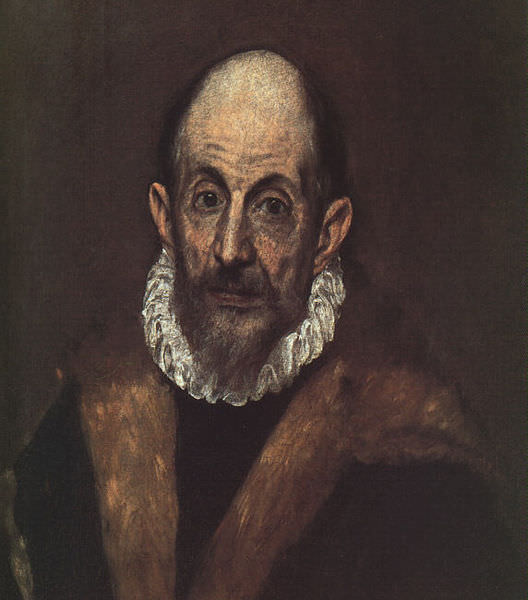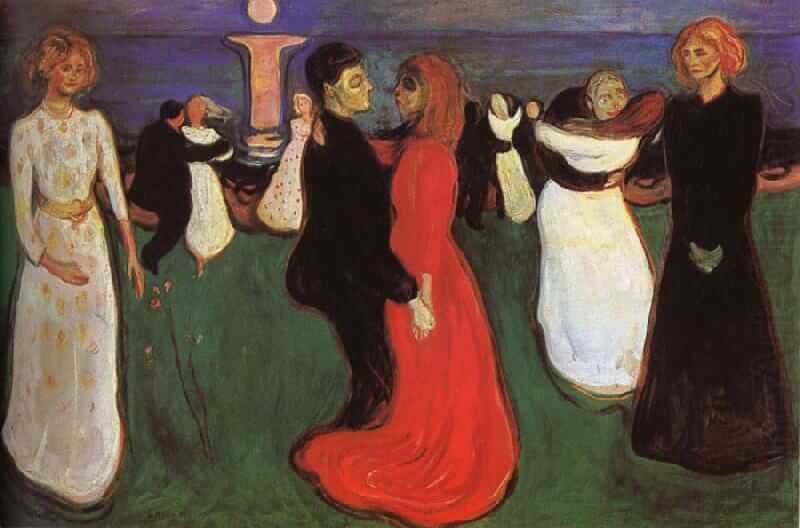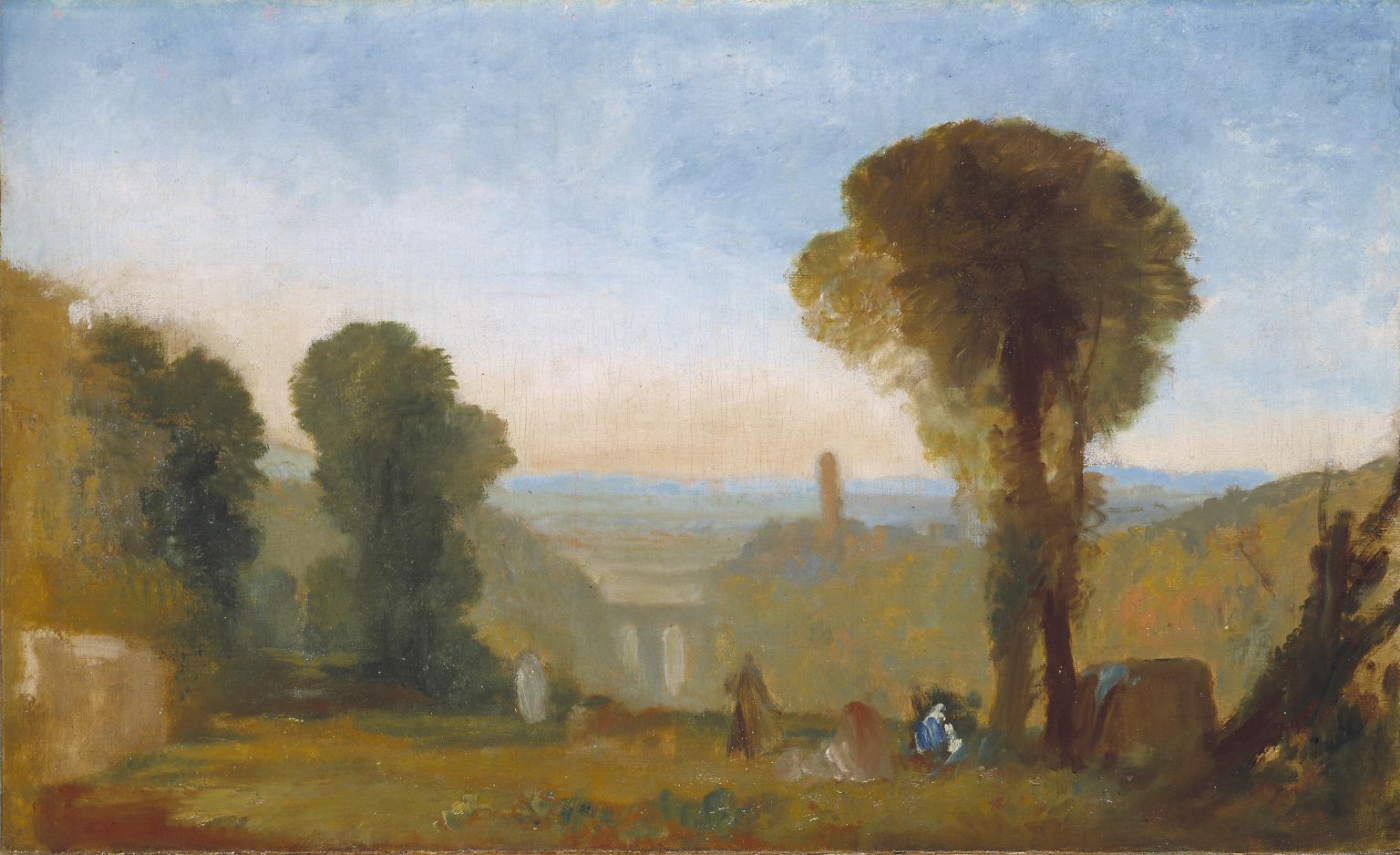10 Famous Paintings by El Greco
El Greco, born as Doménikos Theotokópoulos belonging to the period of the Spanish Renaissance, emerged as a painter, architect as well as sculptor, He prioritized color over form, which took his paintings to a new level altogether. According to modern scholars, El Greco’s works have so much of originality that he cannot be typecast to any conventional schools. The Venetian Renaissance, as well as the techniques of mannerisms, seems to have a profound influence of his paintings, which he had acquired during his stay in Italy. He spent the last years of his life in Toledo, and it was during that time that he produced the most exquisite paintings of his career majority of which were commissioned.
Biography of El Greco in a Nutshell
| Full Name | Doménikos Theotokópoulos |
| Birth | October 1541 |
| Nationality | Greek |
| Death | 7th April 1614 |
| Mentor | Titian |
| Inspiration | Tintoretto, Michelangelo |
| Periods | Mannerism, Spanish Renaissance |
Paintings and Artworks by El Greco
1. View of Toledo
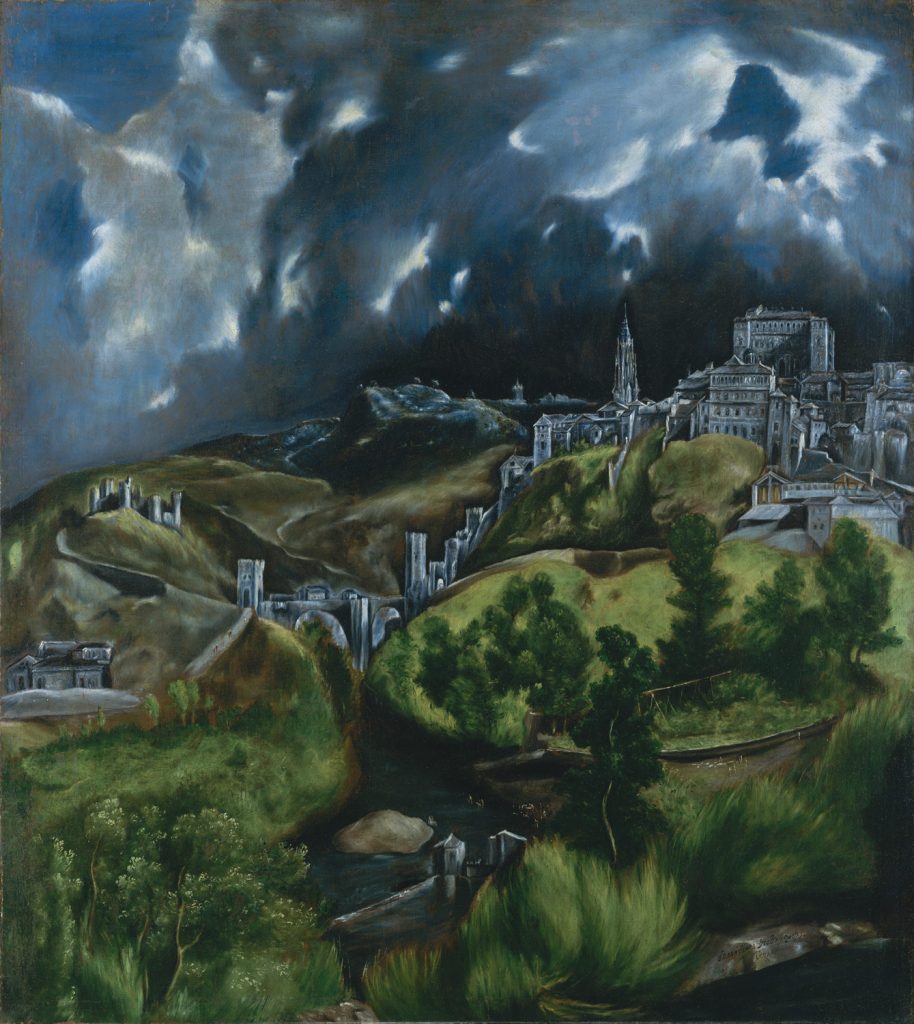 |
| Completed in: 1596–1600 |
| Style: Mannerism |
| Measurements: 121.3 cm × 108.6 cm |
| Location: Metropolitan Museum of Art |
| Medium: Oil on canvas |
It stands among one of the best artworks of El Greco where the Western sky is depicted magnificently. Toledo in Spain is a place close to El Greco’s heart since he spent the last years of his life there. The scene depicted here is that of the overcast sky just before a storm is to set in. He plays brilliantly with dark and light as seen in his presentation of the dark and cloudy sky above, contrasted with the green, vibrant hills below, thus giving his painting a spiritual dimension. Another artwork of his series of landscape painting is View and Plan of Toledo, made during the last phase of his life.
2. The Disrobing of Christ
 |
| Completed in: 1577–1579 |
| Style: Northern Renaissance |
| Measurements: 285 cm × 173 cm |
| Location: Sacristy of Toledo Cathedral |
| Medium: Oil on canvas |
Portraying a biblical theme, this remarkable artwork had been commissioned for the Cathedral of Toledo’s sacristy. Christ is projected to be looking up perhaps towards heaven, with his face bearing a serene expression in comparison to the aggression and torment in that of the executioners. The calmness in Christ is a complete contrast to the turmoil around, with two men arguing over who would gain possession over his clothes post his crucifixion. The red garment of Christ has been portrayed by El Greco with a lot of vibrancy and seems to stand out amongst everything else.
3. Christ Carrying the Cross
 |
| Completed in: 1580 |
| Style: Renaissance |
| Measurements: 105 cm × 79 cm |
| Location: Metropolitan Museum of Art, New York |
| Medium: Oil on canvas |
Christ carrying the cross while embarking a journey to Cavalry before being crucified, is an important subject matter in Christian faith, finding its way to several works of art. Greco too experimented with this subject and presented Christ clad in red attire along with blue robes. He holds on to the cross with not much effort, and his face bears an expression neither of pain nor anguish, but a resigned look, with eyes glancing towards heaven. This presentation of El Greco creates a spiritual mysticism.
4. Annunciation
 |
| Completed in: 1609 |
| Style: Mannerism |
| Measurements: 294 cm × 204 cm |
| Location: Private Collection, Madrid |
| Medium: Oil on canvas |
This is a remarkable Biblical event where angel Gabriel announces Mother Mary the news of her conception telling her that she would be Jesus’ mother. This theme was touched upon by El Greco though it had been completed by Jorge Manual post his death in 1614.
5. Crucifixion
 |
| Completed in: 1597 – 1600 |
| Measurements: 312 cm X 169 cm |
| Location: Museo Nacional Del Prado (Prado Museum) |
| Medium: Oil on canvas |
This is another commissioned painting perhaps for the Augustine College of María de Aragón located in Madrid. The painting shows Cavalry at night with Christ on the Cross and Mary at his feet. The two angels on both sides of Christ are seen to collect the drops of blood from his body. The altarpiece bearing this painting had many other artworks most of which were made by El Greco.
6 Portrait of Cardinal Nino de Guevara
 |
| Completed in: 1598 |
| Style: Portrait (Mannerism) |
| Measurements: 170.8 cm x 108cm |
| Location: Metropolitan Museum of Art |
| Medium: Oil on canvas |
It presents Fernando Niño de Guevara, the Spanish Cardinal, who also served as Spain’s Grand Inquisitor and the Archbishop of Seville. Commissioned by Pedro Lasso, who was known to be a close acquaintance of El Greco, this was perhaps made in 1600 during springtime when the reverend Cardinal had come to Toledo on a visit. The brilliant use of colors gives this painting a rich and grand appearance.
7. The Holy Trinity
 |
| Completed in: 1577–1579 |
| Style: Christian art, History painting |
| Measurements: 300 cm x 179 cm |
| Location: Museo Nacional Del Prado |
| Medium: Oil |
The heavenly father adorning an Easter miter on his head is seen to carry Christ on his lap. Besides the six angels present in the scene, the heads of many cherubs are seen popping out. The presentation of several contrasting colors on the robes suggests the influence of Michelangelo and Tintoretto in El Greco’s work.
8. The Adoration of the Shepherds
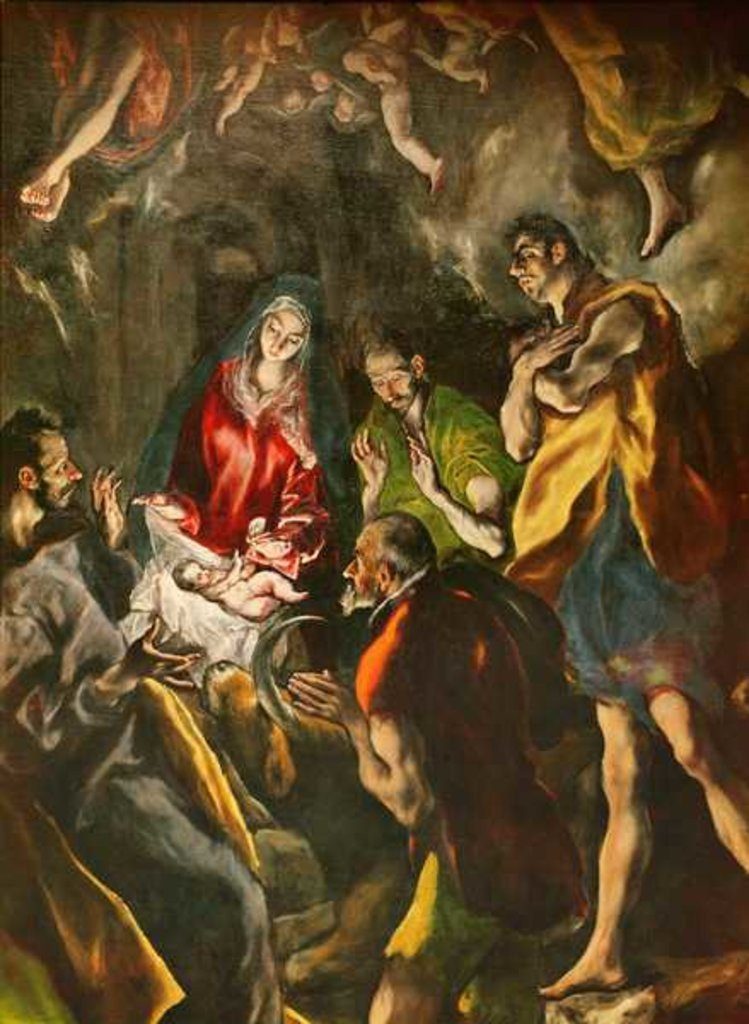 |
| Completed in: 1612 -1614 |
| Style: History painting |
| Measurements: 319 cm x 180 cm |
| Location: Museo del Prado, Madrid |
| Medium: Oil paint |
The traditional subject of the shepherds visiting Jesus at the time of his birth forms the main subject matter of this work of art. El Greco had made this for his tomb in Toledo’s Santo Domingo El Antiguo church. The distortion of the figures seen in most of the paintings made in his last days is observed here too. The light emitted from the face of newborn Jesus illuminates the visiting shepherds, and the contrast between the light and dark gives the painting a rhythmic effect, heightening the sense of drama.
9. Resurrection
 |
| Completed in: 1600 |
| Style: Christian Art |
| Measurements: 275cm x 127 cm |
| Location: Museo Nacional Del Prado |
| Medium: Oil on canvas |
Another Biblical theme portrayed, showing Christ sans clothes, holding a white banner in hand, which in turn symbolizes victory over death. The purple robe to the left of Christ stands for martyrdom and sacrifice for the wellbeing of humankind. The rhomboid-shaped halo is a reflection of the Byzantine tradition where the cross within a halo symbolizes the holy trinity. The use of close-ups adds dynamism to the painting.
10. Healing of the Man Born Blind
 |
| Completed in: 1573 |
| Style: Mannerism |
| Measurements: 65.5 cm × 84 cm |
| Location: Galleria Nazionale di Parma |
| Medium: Oil on canvas, |
Another significant Biblical event as mentioned in the Gospel of John, highlighting upon Jesus’ miraculous powers where he heals a man blind from birth. The same theme painted five years back from the completion of this one has been recreated here. The figures dominating the foreground could be the parents of the blind man, though the left-hand corner on the top seems unfinished.
Besides the works mentioned above, his other significant paintings include the Burial of the Count of Orgaz (1588), Opening of the Fifth Seal (1614), and San Sebastian (1578).
Subscribe now
Get lasest updates in your inbox

